Buy One Get One FREE on Everything. Use Code BOGO1
![]()
![]()
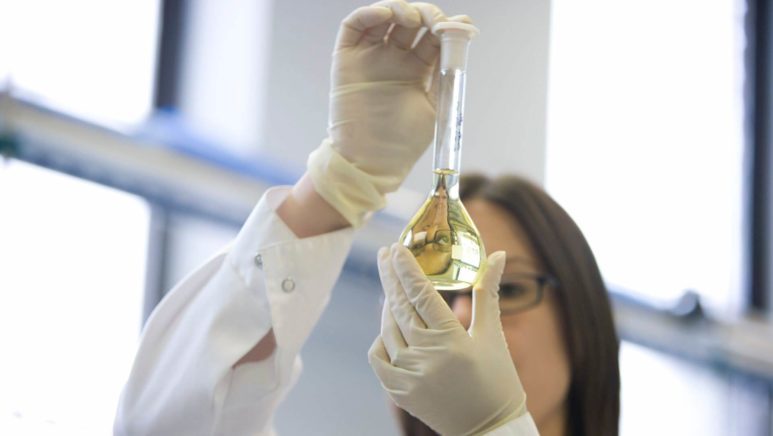

Cannabis plants have many chemical compounds, including several ‘cannabinoids’. Encyclopedia Britannica says that scientists have identified more than 80 of them.
Both Cannabis sativa and Cannabis indica contain them. It is these chemicals that are responsible for:
associated with ‘marijuana’ or ‘weed’. Cannabinoids are present throughout the plant parts. But most of them are present in female flower heads. Thus, marijuana often has dried leaves and flowers of cannabis plants. Marijuana derivatives and hemp derivatives have cannabinoid too.
Here, one needs to be clear about one thing:
Hemp plants and marijuana plants are both cannabis plants. The US laws state:
Tetrahydrocannabinol (THC) is the most popular cannabinoid. It is also the main psychoactive chemical in cannabis. It is the one responsible for:
in those who smoke weed. Marijuana abuse is common because of the ‘high’ it induces.
Brains of several types of mammals, including humans, have receptors. These receptors receive natural substances in the body. Scientists call these substances ‘endocannabinoids‘. The receptors in the body are ‘endocannabinoid receptors’. THC (and other cannabinoid) are like endocannabinoids found in these mammals. Hence, they affect the receptors in the brain and other parts of the body.
Cannabidiol (CBD) is the second most popular cannabinoid. Scientists discovered it before THC. But since it is non-psychoactive, it garnered less attention from the scientists. CBD has a more sedative and relaxant effect on the body.
Other popular types are:
These may also change their forms. For example, THC oxidizes into CBN when it is out in open. This is why people keep marijuana in sealed jars. CBN is less psychoactive than THC. It also mitigates the THC’s effects.
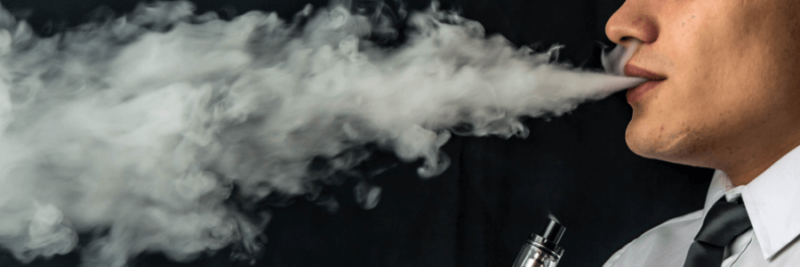

People:
Hashish users take it alone or add it to their food.
Both marijuana and hashish have all the cannabinoids. They are also popular as recreational drugs. Due to their intoxicating effects, they remain illegal in many countries. Medical marijuana and cannabis derivatives have excellent health benefits. Hence, they have gained legal and social acceptance in some regions.
Cannabinoid is good for cancer patients. They:
in patients undergoing chemotherapy.
They are also used to treat medical conditions like:
States with medical marijuana laws grow special strains of marijuana for medical purposes. People smoke or ingest them to find relief in certain conditions. Even in states with marijuana ban, some cannabis distillations may be legal.
The present research suggests that they:
But frequent weed users may experience psychological withdrawal symptoms, such as:
Some of the side-effects of consuming THC are:
Thus, many experts recommend full-spectrum CBD oils with less than 0.3% THC. Full-spectrum CBD oil offers benefits of all other cannabinoid (except THC).
CBD has a good safety profile. WHO agrees that it does not have abuse potential in humans or pets. It is also well-tolerated in humans at high doses. Those who are wary of debilitating effects of THC can try CBD oils instead.
Others have medical uses too. These may vary for each cannabinoid. For example:
Scientists call the full collection the ‘cannabinoid spectrum’. Medical uses of different cannabinoid are still under study.
CBD has some anti-anxiety effects. It also mitigates the psychoactive effects of THC. CBD is also quite abundant in cannabis. Up to 40% of cannabis resin is CBD. These days, CBD-rich and low-THC cannabis varieties are popular. Their hemp extracts are good for health without the ‘high’.
In laboratory settings, CBG as exhibited anti-microbial properties. It also inhibited the proliferation of keratinocyte and cancer cells. It may also be beneficial in treating:
CBGa is also known as ‘The Mother Cannabinoid’ as it produces both THC and CBD.
THC degrades into CBN. It is a natural process. CBM has little psychoactive effects. Its health benefits include:
Flow Kana introduced a new cannabis cultivar rich in THCv or Tetrahydricannabivarin. Dr. Michael Moskowitz states that THCv is:
He finishes it off by saying that it doesn’t do much else.
CBC might help in fighting off superbugs like MRSA (Methicillin-resistant Staphylococcus aureus). It is resistant to antibiotics. Cresco Labs states that CBC may have:
It may also provide relief in:
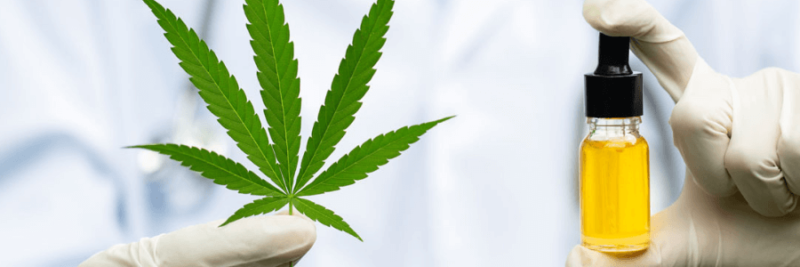

Brain cells or neurons communicate through neurotransmitters. A presynaptic cell releases neurotransmitters which travel a small gap called ‘synapse’. These neurotransmitters attach to receptors in a nearby neuron. This new neuron is now the ‘postsynaptic cell’.
Scientists have found that cannabinoid affects the Endocannabinoid System (ECS) of the body. The ECS works backward. When a postsynaptic neuron activates, its fat cells release cannabinoids. They travel backward to the presynaptic neuron and attach to its cannabinoid receptors. Phytocannabinoids (cannabinoid from plants) act like endocannabinoids (natural cannabinoid in the body). They can inhibit or stimulate the release of neurotransmitters from presynaptic cells. Hence, they can regulate how cells:
The ECS regulates various functions of the body. These include:
The effects of a cannabinoid depend on which part of the body or brain it affects. Recent research suggests that they may also have neuroprotective properties.
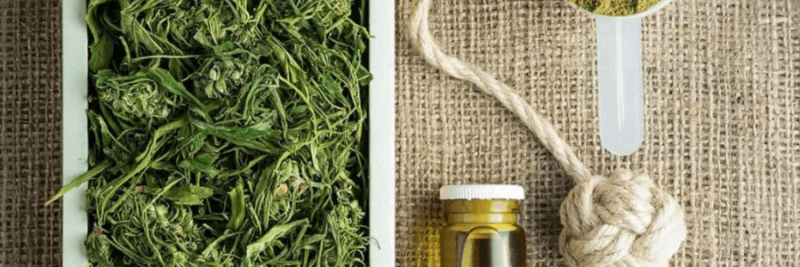

If you check cannabis buds from up close, you can see the sticky dust of crystal resin. This resin dust contains hundreds of therapeutic compounds known as:
Scientists call the interactive synergy between these compounds as the ‘entourage effect’. Scientists believe that this entourage effect makes cannabis extracts more potent and beneficial.
One can find several products in the market which contain:
Most of the medicines with THC contain synthetic THC variants. Two of the most popular synthetic THC compounds are:
These are legal medicines. Doctors use them to treat nausea in cancer patients. But their efficacy is questionable. A 2013 survey found:
CBD isolate products are more recent. Charlotte’s Web originated to produce a CBD-rich oil for epileptic children. Pure CBD oils are legal throughout the US. THC-rich medicines are legal in certain states (with many conditions in place).
Pure CBD oils and tinctures are effective for many patients. But whole-plant hemp extracts offer you a greater advantage. They contain the full spectrum of therapeutic compounds cannabis offers.
Leafly, a cannabis magazine, shows different kinds of benefits cannabinoids and terpenoids offer:
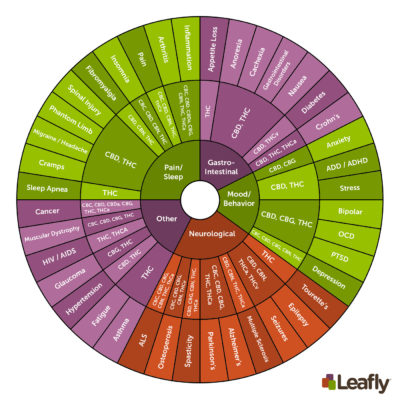

Besides cannabinoids, terpenoids can also make a difference in how well CBD oil works. For example:


The growing acceptance of cannabis oils is evident. Professional bodies like WADA (World Anti-Doping Agency) still prohibit the consumption of marijuana. But it has accepted the use of ‘cannabidiol’ by athletes.
WADA sets the standards for athletes who want to take part in the Olympics. It tests for the presence of cannabinoid. The 2019 list of prohibited substances by WADA states:
The following cannabinoids are prohibited:
Except:
Soon, employers and professional bodies may allow the use of more cannabinoid. But, at present, they (except CBD) may cause you to fail the drug test.
Modern tests can detect the presence of cannabinoid in the body long after you consume them. The length of time cannabinoid is detectable in the body depends on:
Marijuana (or weed) lingers in the body for much longer than alcohol. Cannabinoids are fat-soluble. They bind to the body fat. Hence, it takes time for the body to get rid of them.
The detection window for cannabinoid may vary according to the mode of the test:
Marijuana becomes detectable for a longer period if you smoke it again and again. In a first-time user, it may linger for up to 3 days. Those who smoke it for three or four times a week may take 5-7 days to get rid of it from their bodies. Those who smoke marijuana every day may fail in a drug test even a month after abstaining from it.
For people with higher stakes, it is advisable to stay away from cannabis or cannabis oils.


Full Spectrum CBD extract contains compounds, such as:
In a 2015 study, researchers found full-spectrum CBD provides higher levels of relief. The study also showed higher dosages of full-spectrum CBD oil provide enhanced effects.
Broad Spectrum CBD is a mix between CBD Isolate and Full Spectrum CBD. The oil has all other cannabinoids and terpenoids except the THC. CBD isolate products are pure CBD.
Full-spectrum CBD oils are best for individuals with severe conditions. Pure CBD oils and even broad-spectrum oils cannot ease or treat certain conditions. Doctors recommend such patients to try a formulation with both THC and CBD. In states where cannabis is legal, full-spectrum CBD oils are a good option.
Broad-spectrum CBD is THC-free. It does not have any psychoactive effects. They may have a natural odor and flavor like full-spectrum oils. It is best for individuals sensitive to THC. First-time users interested in the ‘entourage effect’ may also try broad-spectrum CBD oils. The problem with broad-spectrum oils that it is difficult to find them.
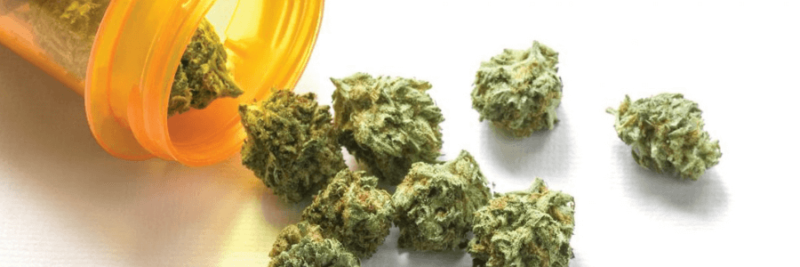

Marijuana is the second most abused drug after alcohol. THC produces a high. CBD does not produce a high and is safe to consume. Cannabinoids are not fatal. But people ‘high’ on THC have experienced:
These effects put them at risk for accidents and injuries.
Still, the therapeutic effects of marijuana and its cannabinoids outweigh its risks. Medical marijuana is legal in:
The FDA has approved one pure CBD drug called ‘Epidiolex’ to treat:
These are two rare and severe forms of childhood epilepsy that are difficult to treat. Marcel Bonn-Miller, a substance abuse specialist at the University of Pennsylvania, clarifies:
Researchers need a special license to study marijuana. The DEA considers a Schedule I drug along with:
The agency has agreed to support more research on marijuana. It will help researchers to study the effects of cannabis well.
![]()
![]()
![]()
![]()
![]()
![]()
We The People Hemp was founded in 2018 to bring quality CBD products and information to the global marketplace.
![]()
![]()